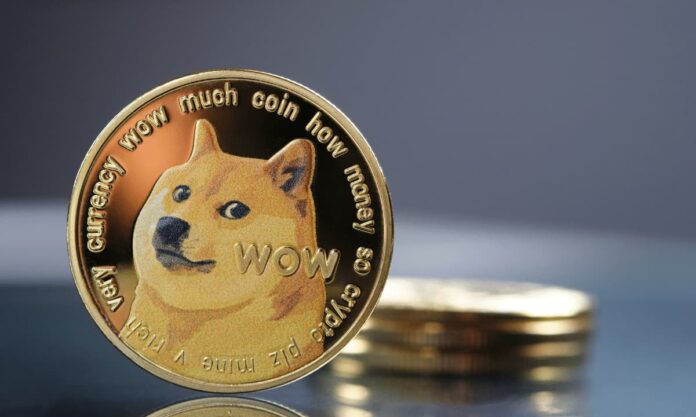In the last bullish crypto cycle, the strongest price rallies involved meme coins. Ever since Elon Musk openly declared his support for Dogecoin, the price of the original meme coin skyrocketed 10,000%. Moreover, the industry responded with thousands of meme tokens that tried to imitate the original one.
But what about Dogecoin itself? What is happening to the original meme coin that came out a decade ago? Will these newer, fresher memes take away its shine and let it fall into oblivion? Will Dogecoin ever be able to regain its all-time high and justify exchanging SOL vs DOGE?
We’ll try to answer all of these questions by analyzing the fundamentals that drive Dogecoin. We take a look at its shortcomings and go through some of the news surrounding the meme coin. This should give you a good idea of whether Dogecoin can expect to reclaim its previous price levels once the market turns more favorable.
Let’s Talk About Dogecoin
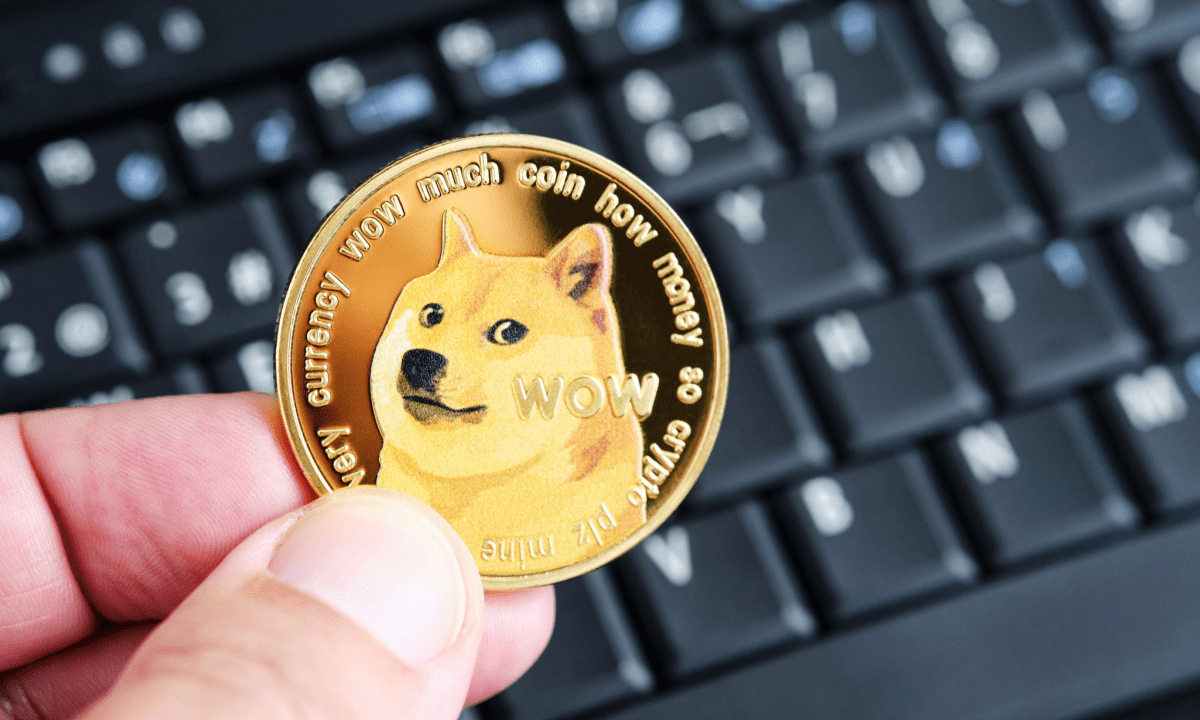
Billy Markus and Jackson Palmer created Dogecoin in 2013 as a stab to the overly serious crypto trading community. They chose a popular meme, the globally-recognized shiba inu Kabosu, and turned it into a cryptocurrency.
The idea was to create a lighthearted community, pushing a narrative that crypto can be fun. And they encountered immediate success. The number of DOGE holders grew exponentially in the first months after its release and reached new heights.
To continue the DOGE ethos of “Do Only Good Everyday,” the Dogecoin community founded multiple charities, like the Jamaican Olympic bobsleigh team of 2014. However, it was in 2021 that Dogecoin gained mainstream traction with the support of Elon Musk.
The billionaire and CEO of Tesla openly expressed his support for the Dogecoin cryptocurrency, stating that it was its favorite one. Other celebrities like Snoop Dogg followed and endorsed the coin, allowing it to reach an all-time high price of $0.73 in October 2021. The euphoria even pushed holders of blue chip tokens to swap MATIC to DOGE and hop on the meme bandwagon.
Why Is Dogecoin Down?
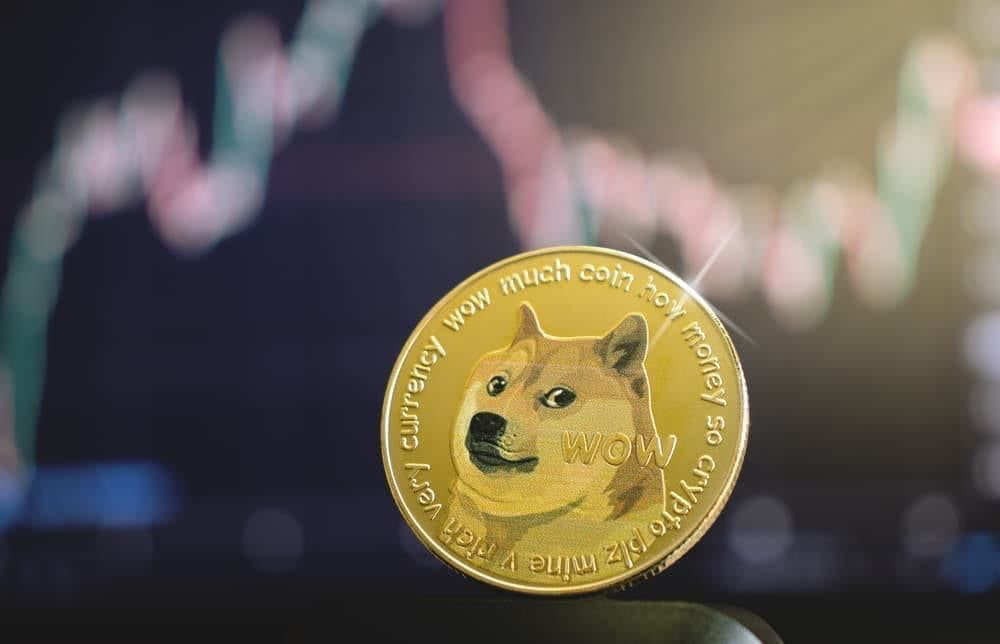
That said, the Dogecoin price hasn’t been doing very well lately. It’s currently down 90% from its all-time high and is trading at around $0.065. But what went wrong with Dogecoin?
Well, first we need to understand that meme coins like DOGE or Shiba Inu are purely speculative assets. They can experience huge rallies, multiplying their price by 100x in just a few days. However, they also experience strong downfalls, once the hype dies away.
As the price went down, we saw speculators and holders massively sell off their DOGE to cut their losses.
Moreover, speculative meme coins usually have very low fundamental value. Dogecoin, for instance, is highly inflationary and doesn’t have a limited maximum supply. This means that the supply of DOGE can infinitely inflate as more coins are mined.
And finally, DOGE has strong competition with other meme coins like SHIB or PEPE. What’s more, these tokens run on Ethereum and can be plugged into DeFi, whereas DOGE cannot.
News From Dogecoin
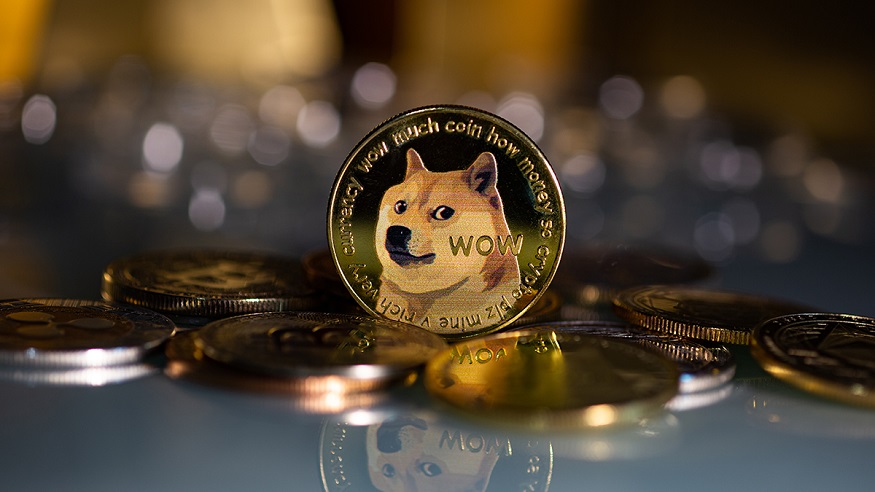
There are a variety of factors at play that could lead to significant growth for Dogecoin, a cryptocurrency that has gained popularity in recent years due to its meme status. One of the most notable developments is the emergence of a third-party project called Dogechain, which has introduced the ability for DOGE users to utilize smart contracts with their meme coins. This functionality represents a major step forward for Dogecoin, as it opens the doors to Web3 and adds unexpected utility to the cryptocurrency.
Smart contracts are programs that execute automatically when certain predetermined conditions are met. They can facilitate a wide variety of transactions, such as the exchange of currency or assets, without the need for intermediaries. By allowing the use of smart contracts with Dogecoin, Dogechain has created a new realm of possibilities for the cryptocurrency, and opened doors for developers and users to build new decentralized applications and services on top of the Dogecoin blockchain.
Another interesting development related to Dogecoin is the emergence of “ordinals” on the Dogecoin blockchain. Ordinals are a way of assigning a unique identifier to each transaction made on the blockchain. This feature is still relatively new and experimental, but could eventually provide the Dogecoin blockchain with more versatility and use cases.
One potential use case for ordinals is in the creation of NFTs (non-fungible tokens) on the Dogecoin blockchain. NFTs are digital assets that represent ownership of a unique item, such as a piece of art or a collectible. They have become increasingly popular in recent months, and have the potential to be created and traded on the Dogecoin blockchain using ordinals.
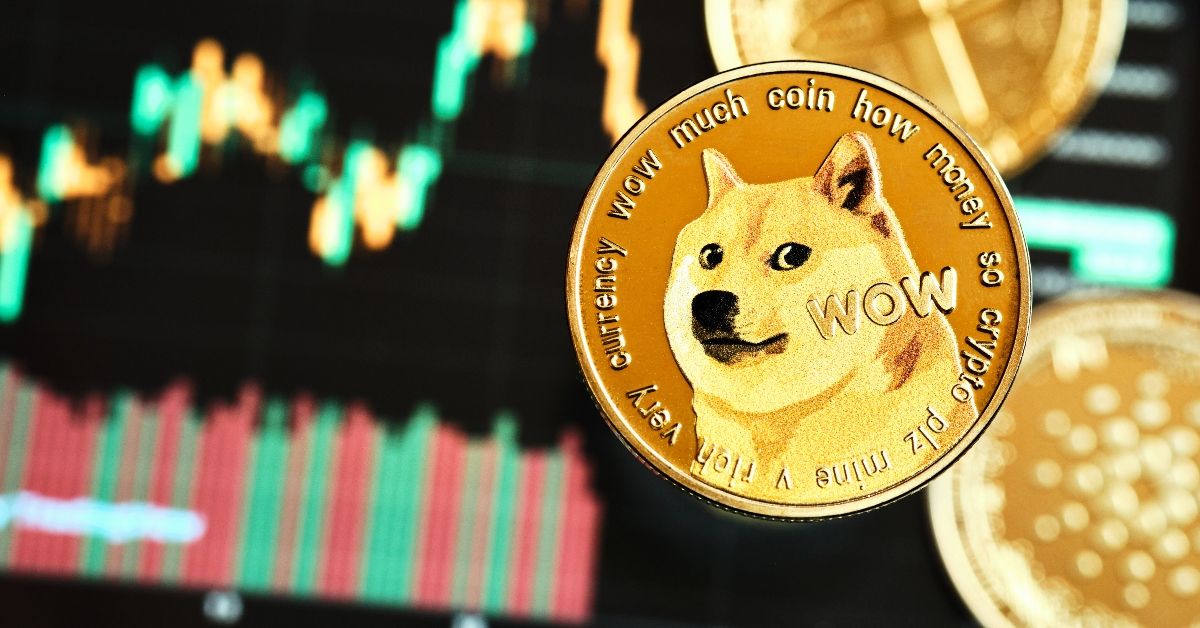
Overall, the combination of smart contract functionality and the potential use cases offered by ordinals make Dogecoin an increasingly attractive option for developers and users alike. The ability to build decentralized applications and services using smart contracts, as well as the potential for new and innovative use cases through the use of ordinals, could propel the popularity and adoption of Dogecoin to new heights. As always, however, it’s important to remember that cryptocurrency investments can be volatile, and to do thorough research and exercise caution when making decisions related to crypto.
Does Dogecoin Have a Future?
With that in mind, should we think that Dogecoin is done for? Far from it. Dogecoin has proven to be incredibly resilient to bear markets. It has gone through three bear cycles and has always come stronger on the other end.
Once the market regains momentum and speculation in the markets resumes, we are bound to see Dogecoin regain its past values. And with added utility through DeFi and NFTs from Dogechain and ordinals, its price could go much higher.

